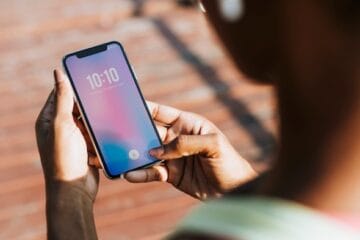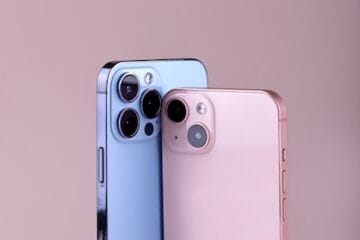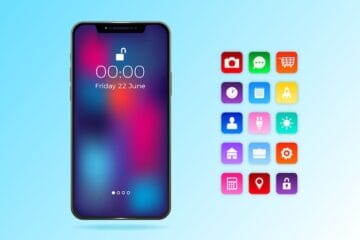
If you were setting out to build a smartphone, you could do a lot worse than make it an iPhone. Which is what Google seems to have done.
For the last several days, I’ve been using a new Pixel XL, the first phone Google has designed and manufactured itself. (OK, the manufacturing is being handled by HTC, but on the same basis that Foxconn stamps out iPhones for Apple.)
The Pixel is lovely and capable. But it feels and even looks like an iPhone. And not even the new iPhone 7: The Pixel, with its analog headphone jack and the antenna bands Apple managed to hide on its latest models, resembles nothing so much as an iPhone 6s, albeit one with the fingerprint reader on the back and some glass there along with the brushed aluminum.
Don’t get me wrong, the 6s is a great phone. And the Pixel has a few tricks the iPhone doesn’t, like providing free, unlimited, full-resolution cloud storage for your photos and videos. But if you had as many resources as Google does, and as much at stake, wouldn’t you try for something different, something bolder, something …definitive?
But there’s little definitive about the Pixel, save that it’s intended to be the vehicle for definitive versions of Google’s Android operating system—it runs version 7.1, known as “Nougat”—and the new, touted Google Assistant. The latter is supposed to be a vastly enhanced version of the “OK, Google” feature found on Android devices and in the Google Now app for iPhones and iPads.
Google has long struggled with the question of whether and how to be in the hardware business. In early 2010, it launched the Nexus One, an HTC-designed phone, along with an innovative but ultimately unsuccessful online store where consumers could order unlocked devices and choose from among different carriers.
Since then, it’s kept the Nexus name alive, bestowing it on a limited number of phones made by various companies. In 2012, it also acquired cellphone pioneer Motorola—but sold it less than two years later while retaining a vast trove of patents to arm itself for legal battles with Apple and others.
This latest hardware push feels different—more like a commitment to take on Apple directly while controlling hardware, software and services from end to end rather than counting on third-party manufacturing partners. And it comes at a moment when the most important of those partners, Samsung, is reeling from the debacle of its exploding Galaxy Note 7 phone.
In announcing the Pixel earlier this month, CEO Sundar Pichai proclaimed Google Assistant to be its key feature. The idea is to use artificial intelligence and machine learning, plus the huge storehouse of data Google has on us, to provide better answers and more helpful suggestions than Apple’s Siri or Amazon’s Alexa.
In my early go-rounds with it, though, it seemed no smarter than Siri, and sometimes worse. When I asked who won Sunday’s playoff game, for instance, Google Assistant provided me with the results of the day’s regular-season NFL games. (Siri, by contrast, correctly deduced I meant baseball—the only sport currently holding its playoffs.)
Anyone expecting to be dazzled out of the box by Google Assistant will be disappointed.
And when I asked when the next presidential debate would be held, Siri gave me the specific information I asked for; Google returned three news stories, only one of which, if I opened it, contained the relevant information. I also found Google Assistant had a hard time accurately transcribing my questions, especially the first few words.
Of course, one of the hallmarks of an AI-based system is it should get smarter over time. Still, anyone expecting to be dazzled out of the box by Google Assistant will be disappointed.
Rather more satisfying are other Pixel features like battery life—a full day’s normal use still left me with close to a 50 percent charge—and the camera, which Google says received the highest-ever score for a cell phone in testing by image-processing company DxO. (It’s worth noting that Google’s claim excludes the iPhone 7 Plus, whose dual-camera set-up and zoom features make it my current favorite.) I’m also looking forward to trying the Pixel with Google’s Daydream virtual-reality headset, which wasn’t available for review.
As befits its premium positioning, the Pixel commands a premium price; the base model, with a 5-inch,1080p display and 32 gigabytes of storage, starts at $649, while the Pixel XL—which has a 5.5-inch 4K display—starts at $769. The phones will initially be available both through Verizon and directly from Google. If you go the latter route, you can use it with Google’s terrific Project Fi wireless service; that’s what I’d do.
Perhaps Google was wise to play it safe with the Pixel. After all, it’s a solid phone with a lot of nice touches, and establishes that Google can build Apple-caliber hardware. But if it really wants to establish the Pixel line as a true iPhone rival, it will need something more than a me-too approach.
[Source:-Observer]



